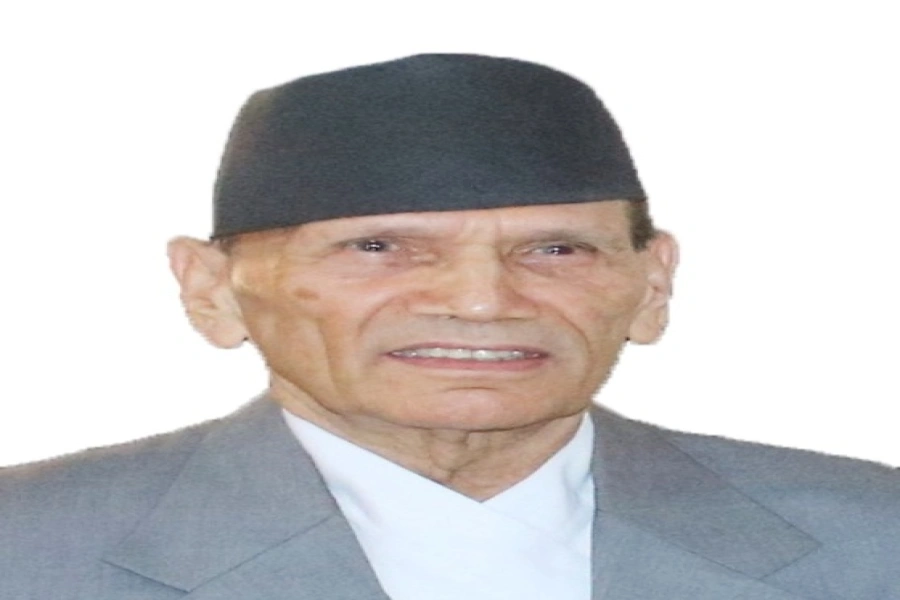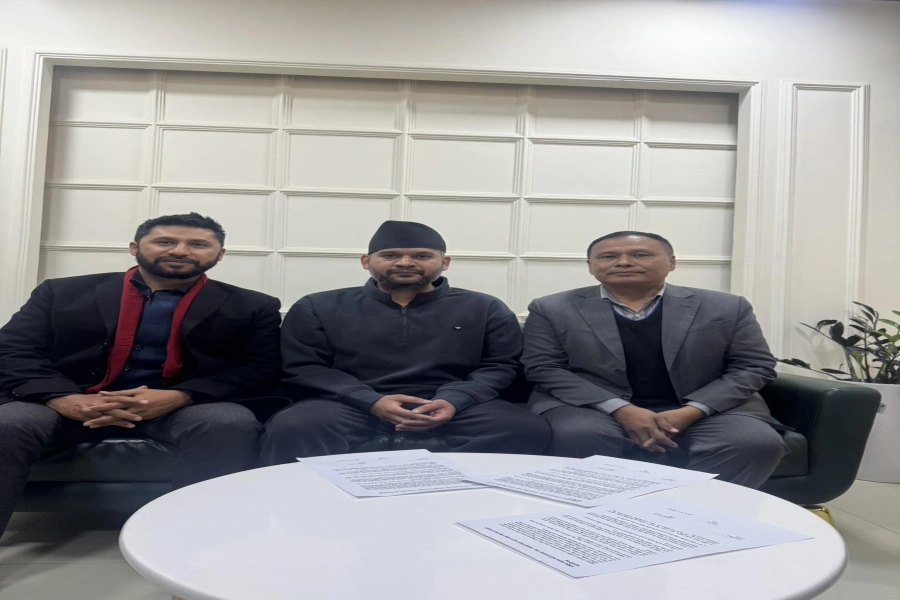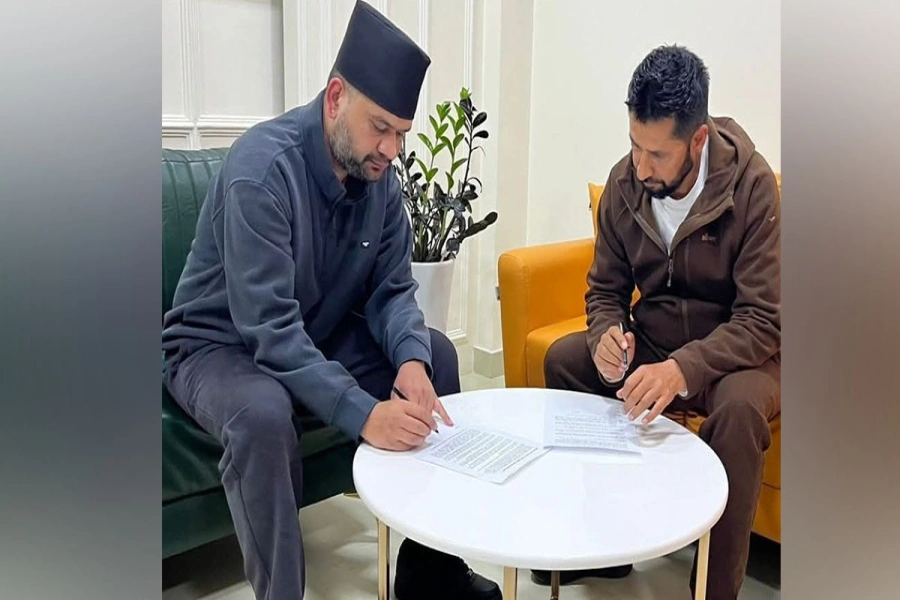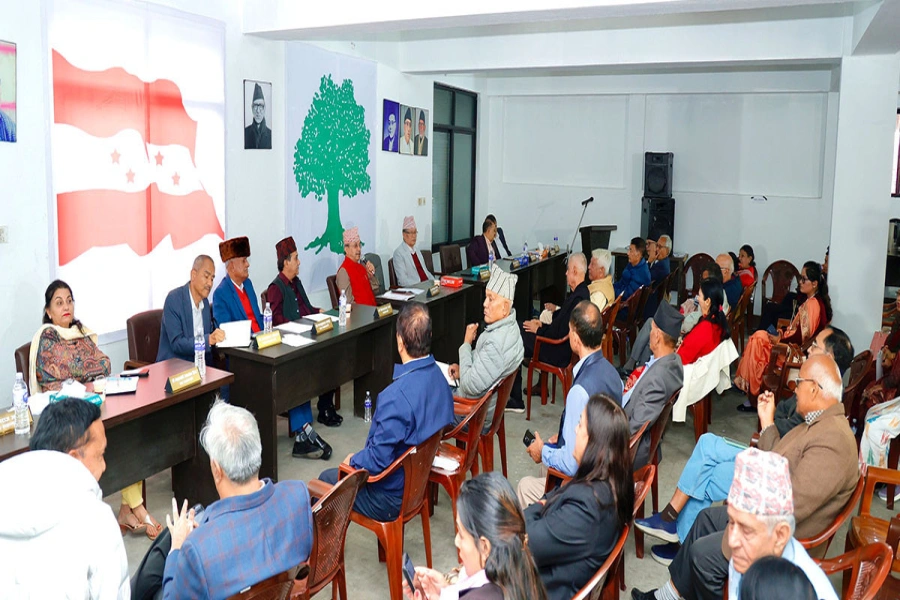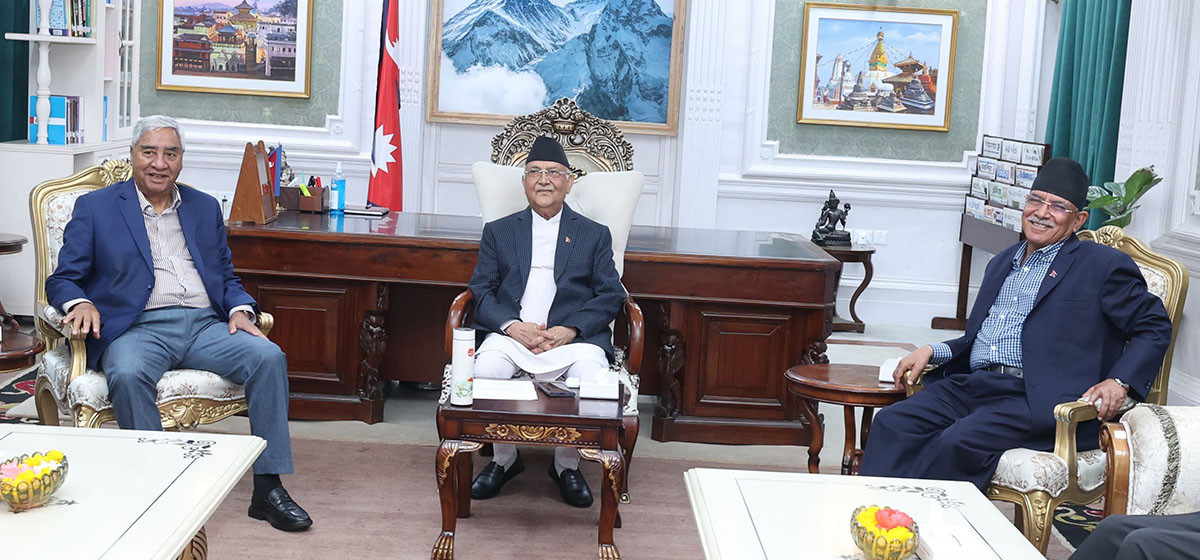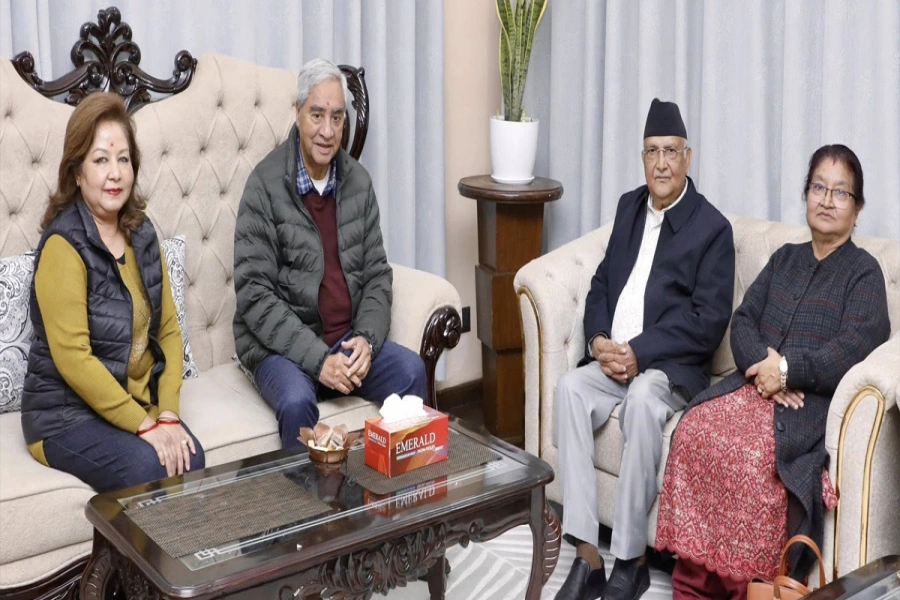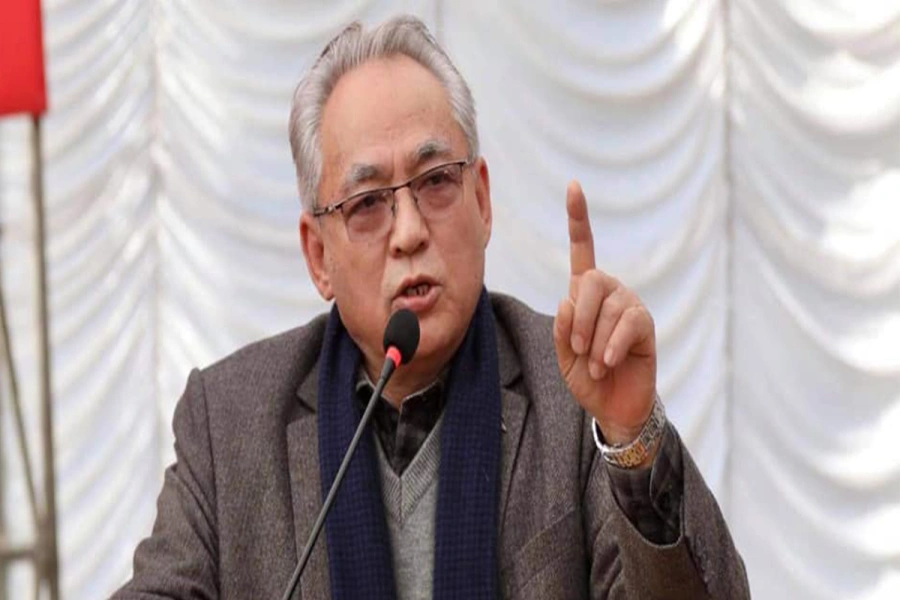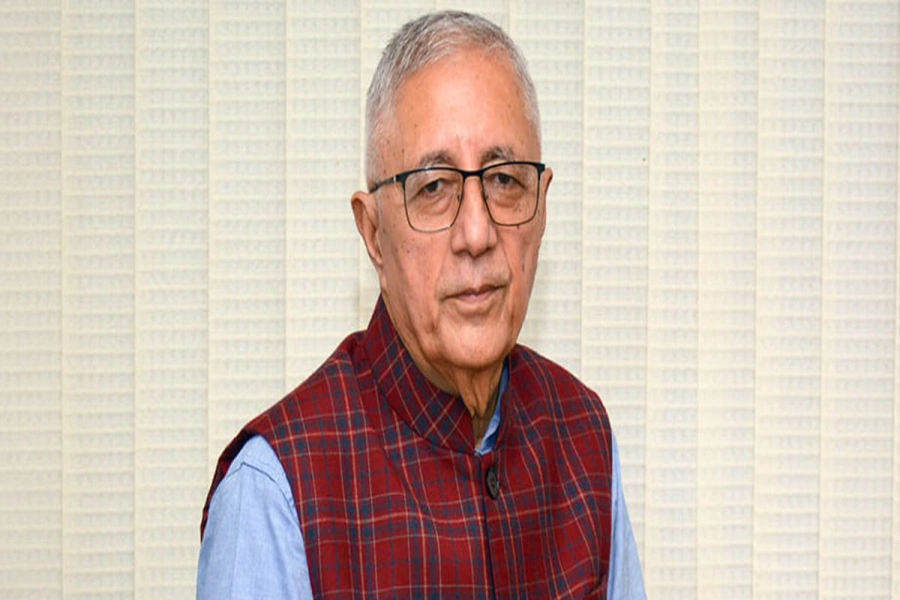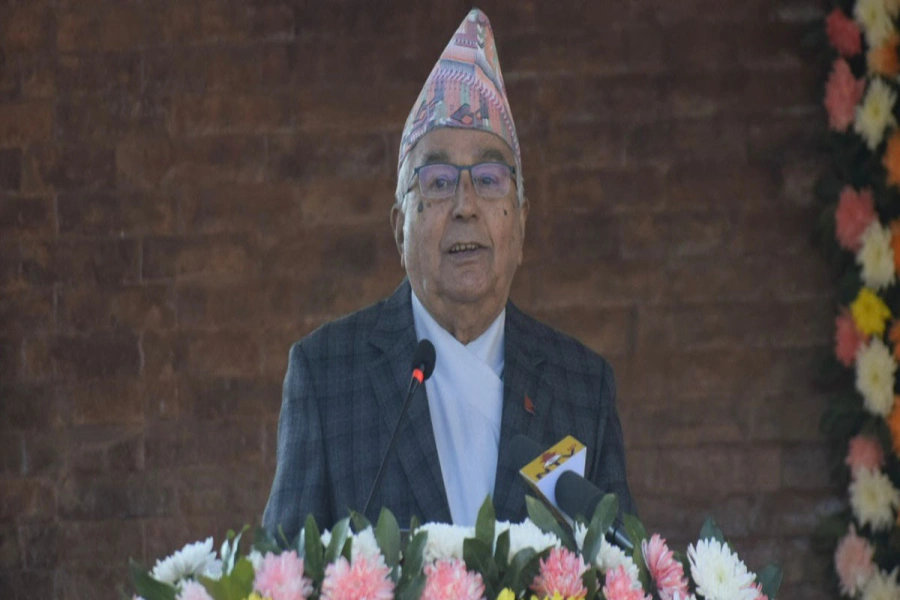Ongoing political imbroglio rests with differing interpretation of constitutional provision on one third female representation
After authentication of National Assembly (NA) Election Ordinance by President Bidya Devi Bhandari, Left Alliance has hit another snag: Election Commission withholding the publication of PR results till the completion of NA elections. The alliance is upset by the commission holding a same line of reasoning as Nepali Congress that it cannot publish PR results until NA’s election is complete. And that this is done to ensure one-third female representation in the bicameral Federal Parliament as required by the constitution.
The Federal Parliament is comprised of National Assembly (upper house) and House of Representatives (lower house). Article 84 (8) of the Constitution guarantees minimum one-third female representation in it. In case the parties fail to ensure this, after taking into consideration the number of female representatives elected in the upper house and those elected under FPTP system in the lower house, the short falls have to be compensated from PR quotas.
Muscle flexing
Instead of delivering New Year greetings, Left Alliance and their student unions visited the election commissioners on January 1 to exert pressure to declare PR results immediately. Inside the appropriately named Bahadur Bhawan, the brave leaders and their supporters flexed their muscles and warned of “serious consequences” if the government and the commission continue to delay PR result announcement. To exert more pressure, the sister organizations are busy organizing rallies against the commission. Meanwhile, the commission has expressed its inability to go beyond what is written in the constitution and sought immediate stop of activities that defame the commission.
Differing interpretations
President Paudel expresses concern over parliament deadlock

The ongoing political imbroglio rests with differing interpretation of constitutional provision on one third female representation. The Election Commission is literally following what is written in the Article 84 (8) of the constitution. Out of a total of 331 members in the Federal Parliament (56 members from the upper house plus 275 from the lower house) one-third female representation means an inclusion of 110 female members in the Federal Parliament. (Note that three nominated members in the upper house, including one female member, are precluded from the computation of one-third requirement).
As six female members have already been elected under FPTP system, the total required number is reduced to 104.
Anger of left alliance against delay in government formation is only for show off. It is actually using the
delay as time
buying strategy.
As the upper house is guaranteed to elect not less than 21 female members, say, if it happens to elect just a minimum of 21 female members; the requirement is further reduced to 83. Now, it is the responsibility of the commission to determine how 83 female members will be drawn from the political parties represented in the Federal Parliament, in such a manner that they individually contribute no less than one-third female representation.
In absence of information on party-wise share of total members in the Federal Parliament and female members in the upper house, it is impossible for the commission to determine required number of female representatives to be drawn from PR quota. This is the reason the commission is waiting for upper house elections.
The left alliance, on the other hand, sees the delay in publication of PR results as a ploy to delay government formation. In the name of fixing a minimum of one-third female representation, the alliance disagrees with the way the commission is linking together results of the upper house and lower house elections. Their line of argument is that the PM is selected by the lower house and therefore the upper house has no role in government formation.
To counter the provision of Article 84 (8), they cite Article 76 related to appointment of prime minister and government formation. With regard to one-third female representation, they argue that there is already a clear provision for a minimum of 22 female members in the upper house—21 elected and one female member nominated by the President. This constitutes 37 percent of the total members in the upper house—more than 33 percent or one-third requirement, they contend.
What is now required is similar guarantee in the lower house. The commission can declare PR results and direct political parties to submit, at least, one-third female quota.
The alliance further reasons that “not less than one-third requirement” is only a broad guideline, not a static figure to attain, as reflected by the use of the phrase “not less than”. It is the spirit of the constitution that matters, not the literal mathematical interpretation.
We are lucky this time that we have only five political parties represented in the house. Had it comprised of a large number of smaller parties with a few elected members, it would be near impossible to attain one-third requirement. Furthermore, it is not sure whether the constitutional provision is just a one-shot provision or designed for a dynamic world where constant changes in the composition of the female members can be expected as a result of retirement, resignation, party expulsion and natural death.
Oli vs Prachanda
Having lost the battle on ordinance authentication and the government announcement of upper house election for February 7, Left Alliance looks irritated by this unexpected delay in government formation. But there are more snags to be faced. These include appointment of the governors, naming the provinces and fixing their capitals, albeit temporarily, and delimiting the boundaries of some provinces.
More delays in government formation means possible dilutions and distractions of much hyped communist unification process. This is what puts the alliance in nuts. In politics, a lot could happen within a month. Having partnered with an unpredictable Maoist leader like Pushpa Kamal Dahal, CPM-UML president K P Oli must be having a cold sweat. This is what has angered UML leaders.
Moreover, the legal pundits from CPN-UML, adept in advocating the constitution to be the best in the world, are having a taste of their own medicine. Literally, they are looking for a face saving device. Public rallies and demonstrations provide one such mechanism.
Buying time
The rumour market is also rife with another factor behind the political imbroglio. This is more due to alliance’s design than Deuba’s default. The alliance’s vehement anger against delay in government formation is only for show off. The left alliance is actually using it as a time buying strategy.
The alliance is very much clear that, as soon as Prime Minister Deuba leaves the office, they will have to grapple with herculean tasks of communist unification and power-sharing agreement. Had this not been the case why would they come up with contradictory proposals like not taking oath from the governors appointed by a caretaker government and, at the same time, insisting that it is government’s responsibility to appoint the governors?
More delays in government formation means more time to work on unification process plus an added value to curse visible and invisible—Deuba government, Nepali Congress, foreign elements and so on. Further explanation may not be required for foreign elements.



